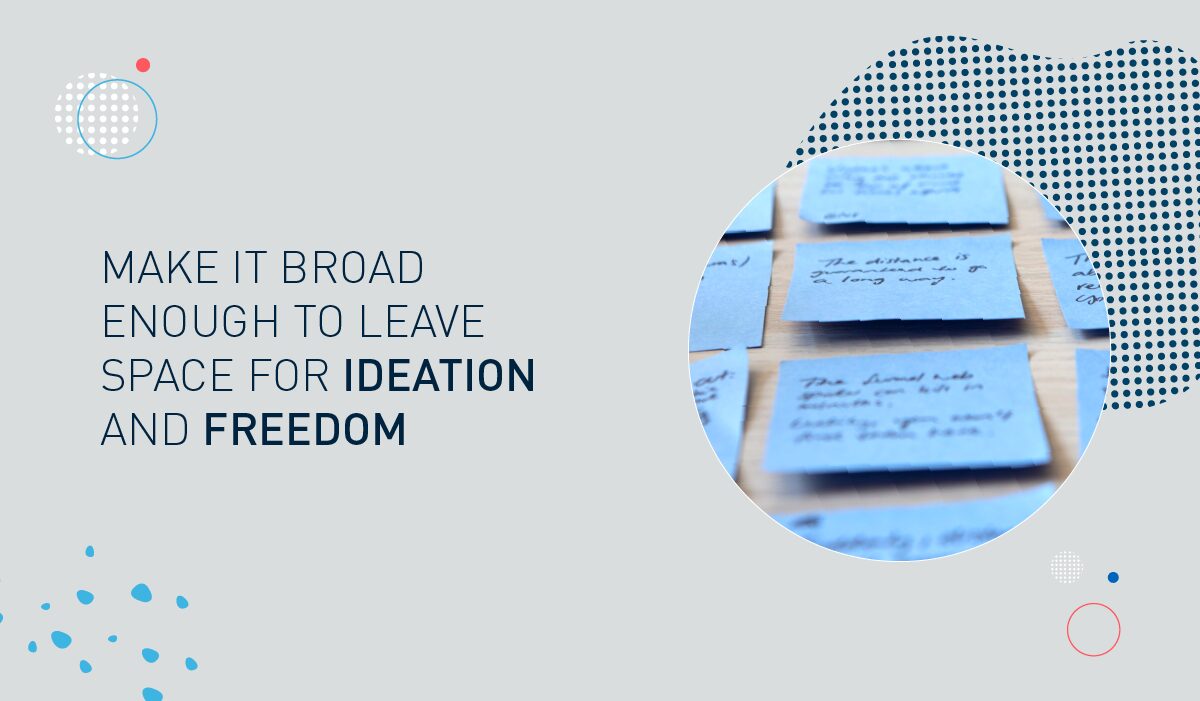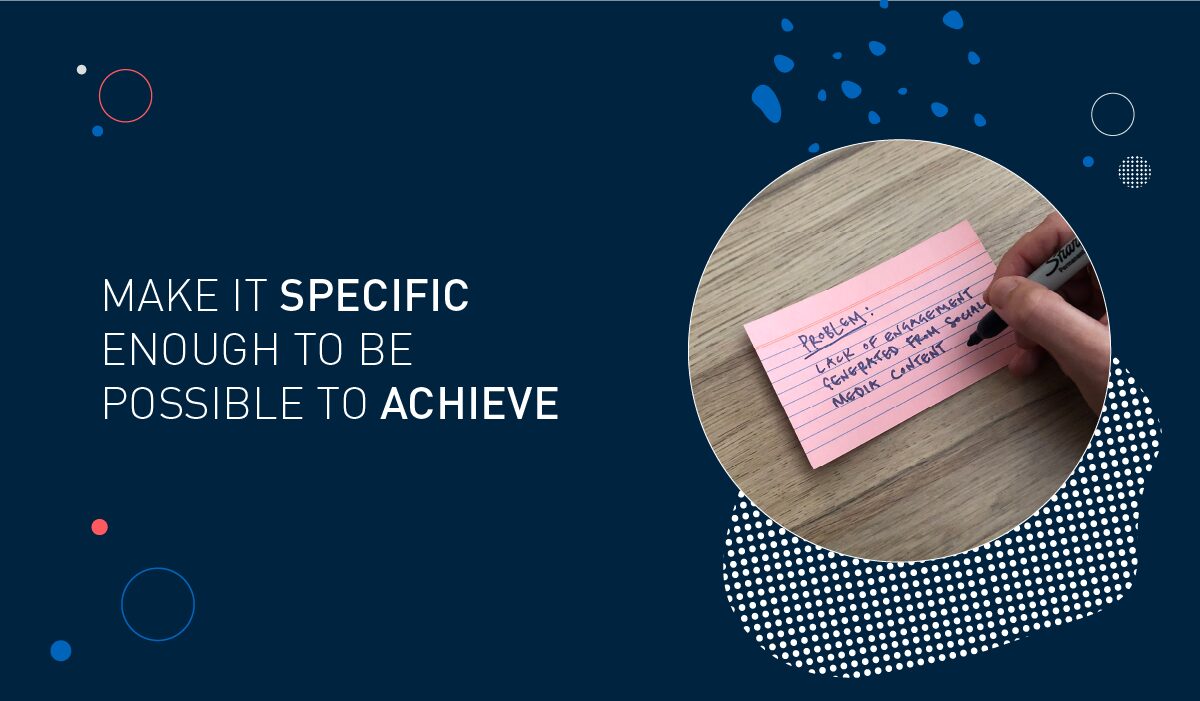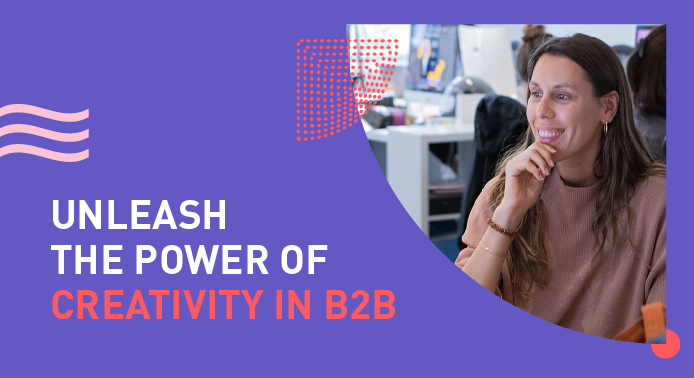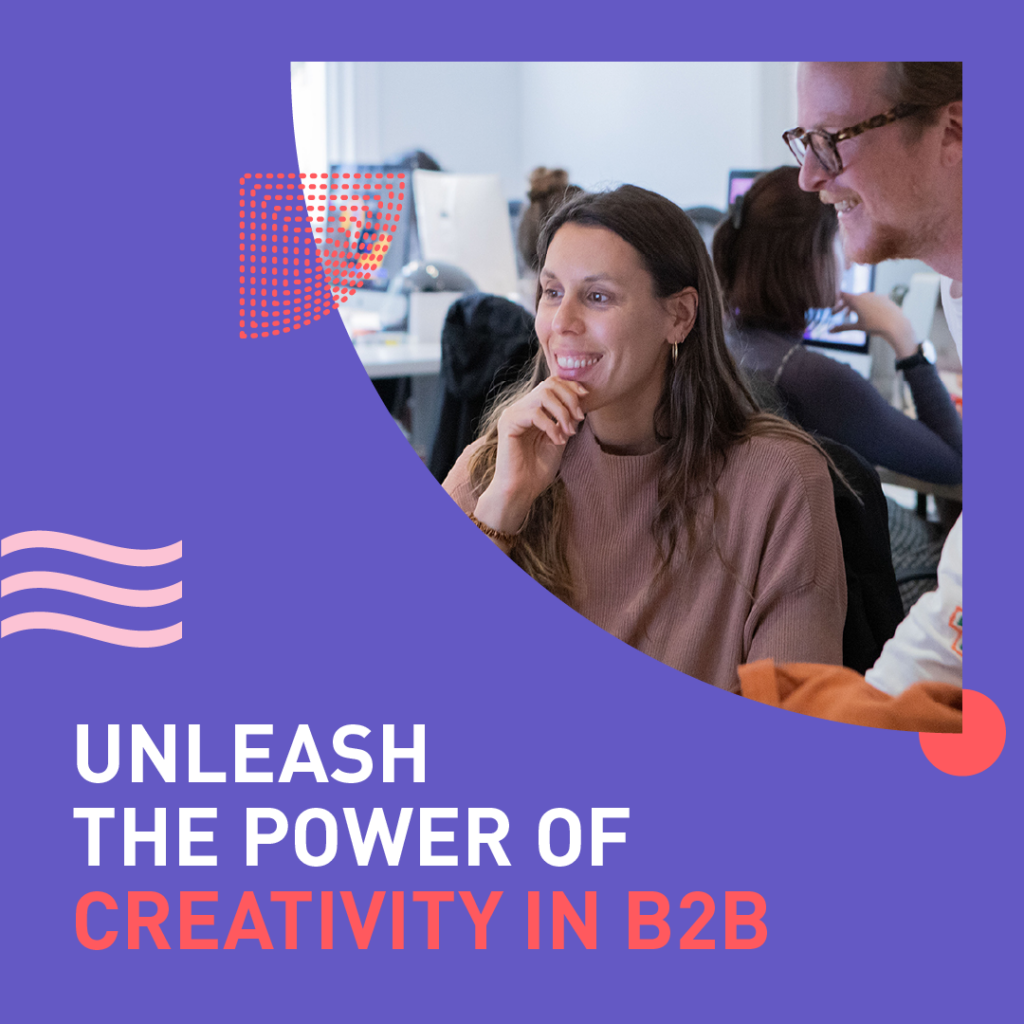Problem Analysis: How to Get to the Root of a Problem

Are you faced with a design, product or marketing challenge? It can be very tempting to jump straight into ‘solution mode’. But before you begin, why not take a few extra steps to identify theroot cause of the problem. Why? Because understanding the root cause puts us in the best possible position to generate a solution that will really solve the problem.
There is not usually a single cause for a specific problem. Finding the root cause is what will help to design and strategize the process to the best possible solution for the root problem.
When identifying the root cause of a problem, the challenge is to Define the first EVENT that caused the problem. An excellent way to do this is to refer to or map out a user journey, which breaks down the current context step by step based on the actions and people involved throughout the process. This step will help give you better visibility of where the weak touchpoints are that will be the most worthwhile to attack.
Once you have zeroed in on the weak touchpoint or leak has been identified in the user journey, it’s time to define the scope of that particular problem and to formulate a User Statement. User Statements, Problem Statements or Point of view Statements are actionable problems which summarize who a particular user is, what their needs are and why each need is important.
This process will help define the problem and determine which metrics can be used to evaluate the situation with a given solution. As Nielsen Norman points out, this process is about uncovering the WHAT we want to achieve in our design, not the HOW.
Here’s an example of a problem statement:
[Persona name] needs a way to [user’s need], because [insight].
Distilling your findings down to a simple statement like this is a powerful process that will help designers and the squad team to orient their decisions and methodologies around a universal understanding of the task at hand.
The more you ask “Why”, the more you will learn
The 5 Whys is a method developed in the 1930s by Sakichi Toyoda, the founder of Toyota Industries Corp. It is a method that uses the repetitive question of Why to dig into the layers of the problem. Each time the why is questioned, the answer becomes the basis of the next why.
This tool will help understand the root cause of the problem, understand the user perspective and uncover the real truth of the context Situation.
For example;
Problem statement:
Secondary students need a better syllabus because they find the content very hard to understand; therefore, they fail their final exams.
1.Why did you fail your exam? → Because It was very difficult
2.Why was it difficult? → Because the study text was too long to memorize
3.Why did you memorize? → Because it was the only way to understand the content
4.Why was it the only way to understand? → Because I didn’t pay enough attention in class
5.Why didn’t you pay attention in class? → because the content is given only once and there is no space to ask questions — ROOT PROBLEM
Writing Problems
The Interaction Design Foundation talks about some important and helpful tips for writing problems:

- Make it Human Centered: Frame your problem around a specific user and gain a deep understanding of who they are. Focus on the humans involved rather than technology, money or product specifications.

- Make it broad enough to leave space for ideation and freedom. The problem statement shouldn’t be too narrow and open enough to allow all different solutions to come up that may help users (both analogical or digital)

- Make it specific enough to be possible to achieve. Achieving world peace is a great ambition but too broad to tackle in a one hour workshop. Narrow down your problem with specifics taking into consideration the humans you are trying to help and the specific issues they face in their day to day lives.
We love getting to the root of human centred problems, understanding the why’s and transforming how businesses do things – it’s our passion!
Contact us with a free consultation so we can get to the root of your business problems, together.









